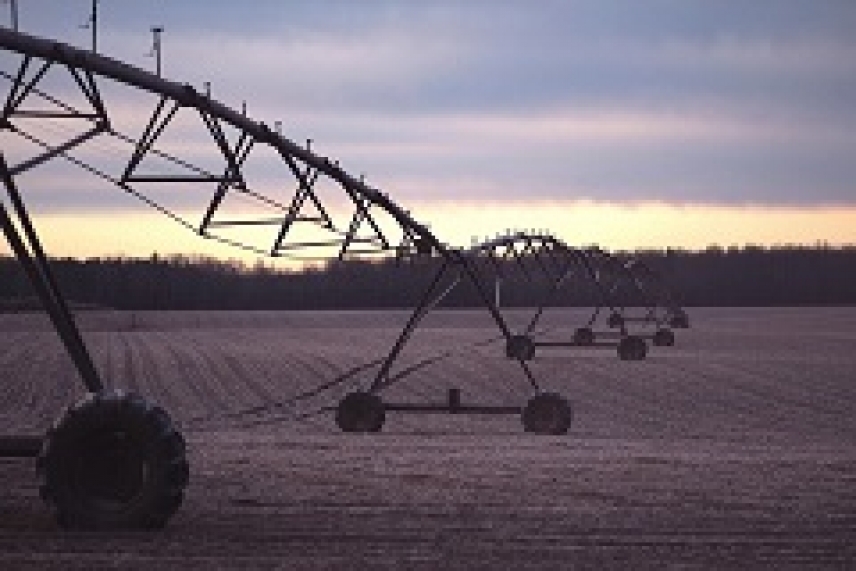 This is the challenge taken on by Agronomy Department researcher Rafael González when developing a model able to predict in advance the water that each water user will need each day. Therefore, this tool came about from a drive to ally with water resource sustainability.
This is the challenge taken on by Agronomy Department researcher Rafael González when developing a model able to predict in advance the water that each water user will need each day. Therefore, this tool came about from a drive to ally with water resource sustainability.
What is innovative about this model lies in the application of artificial intelligence techniques such as fuzzy logic, a system used to explain the behavior of decision making. In this case, it mixes variables that are easier to measure, like agroclimatic ones or the size of the plot of land to be watered, with other more complicated variables, like traditional methods in the area and holidays during watering season.
The FIS model (a fuzzy logic system) translates input variables (temperature, humidity, etc.) to the language its rules work by. By applying genetic algorithms, optimal curves are established for those input parameters, and via neural networks, the relationship between them is established. As a result, the applied irrigation depth is deduced to establish how many millimeters will be used by each water user.
This tool aims to curb the varying demand of water. By doing so, water users associations will be able to use their water supply in a more organized and accurate way, anticipate pump station adaptation issues and effectively organize maintenance and fault repair tasks without wasting water or affecting irrigated areas.
The prospect of preempting water demand also allows for hiring staff and contracting electric service only when strictly necessary, optimizing these resources while also being cost-effective and environmentally friendly.
How is this data obtained?
The creation of this tool translates into a change in the management of water users associations, based on knowledge and information. In the past, this management was primarily based on intuition or what had been done other years. Instead, now these associations can rely on accurate information.
But where does this information come from? In this case, to determine how the different use for different crops can influence the accuracy of the model, Rafael González used data from a remote control system of a Canal del Zújar water users association for corn, rice and tomato crops. In this way, the feasibility of remote control and telemetry systems are evident.
To date, the data generated by these systems were used basically to charge each user in the network for how much water they used, whereas with this system all the measurements generated are used to forecast. Therefore, the model that González came up with is cause for reconsideration of the measuring systems used by water users associations, satisfying not only skilled workers and managerment at water users associations but also innovative companies in the field of telemetry. All of this is done while keeping in mind the worldwide effort to save water.
González Perea, R, Camacho Poyato, E., Montesinos, P., Rodríguez-Díaz, J.A., (2018) Prediction of applied irrigation depths at farm level using artificial intelligence techniques. Agricultural Water Management, 206, pp 229-240. https://doi.org/10.1016/j.agwat.2018.05.019
Martes, 24 Julio 2018 08:39
Artificial intelligence saves water for water users associations Destacado
A research group at the University of Cordoba has developed a model based on artificial intelligence techniques that can predict how much water each water user will use
Agriculture uses 70% of the water in the world and this appears to be an upward trend regarding water needs. In this context in which the demand in other industry sectors is increasing as well and the effects of climate change influence ever-increasing water shortages, water saving measures have become an unavoidable challenge if we want to maintain the sector and preserve life.
Publicado en
Nature science
Etiquetado como


